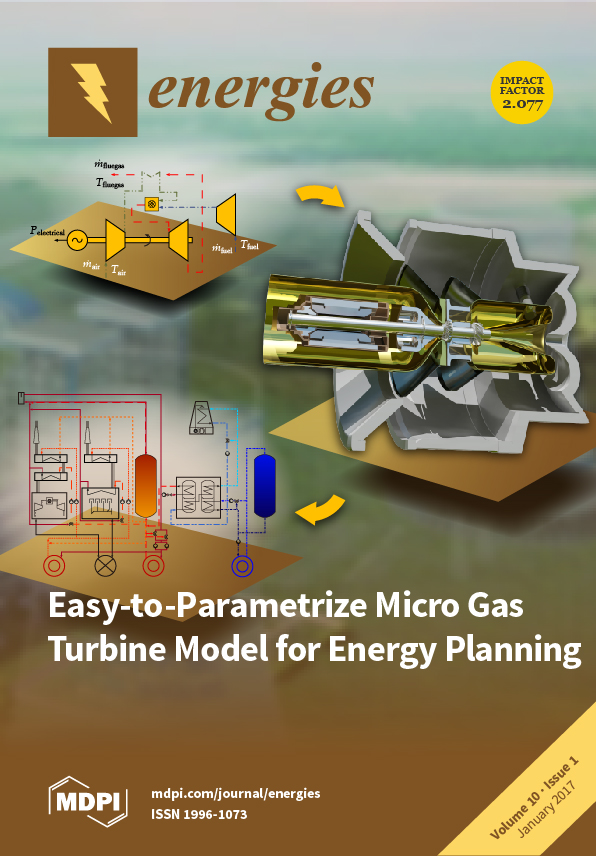As kerogen is the main organic component in shale, the adsorption capacity, diffusion and permeability of the gas in kerogen plays an important role in shale gas production. Based on the molecular model of type II kerogen, an organic nanoporous structure was established.
[...] Read more.
As kerogen is the main organic component in shale, the adsorption capacity, diffusion and permeability of the gas in kerogen plays an important role in shale gas production. Based on the molecular model of type II kerogen, an organic nanoporous structure was established. The Grand Canonical Monte Carlo (GCMC) and Molecular Dynamics (MD) methods were used to study the adsorption and diffusion capacity of mixed gas systems with different mole ratios of CO
2 and CH
4 in the foregoing nanoporous structure, and gas adsorption, isosteric heats of adsorption and self-diffusion coefficient were obtained. The selective permeation of gas components in the organic pores was further studied. The results show that CO
2 and CH
4 present physical adsorption in the organic nanopores. The adsorption capacity of CO
2 is larger than that of CH
4 in organic pores, but the self-diffusion coefficient of CH
4 in mixed gas is larger than that of CO
2. Moreover, the self-diffusion coefficient in the horizontal direction is larger than that in the vertical direction. The mixed gas pressure and mole ratio have limited effects on the isosteric heat and the self-diffusion of CH
4 and CO
2 adsorption. Regarding the analysis of mixed gas selective permeation, it is concluded that the adsorption selectivity of CO
2 is larger than that of CH
4 in the organic nanopores. The larger the CO
2/CH
4 mole ratio, the greater the adsorption and permeation selectivity of mixed gas in shale. The permeation process is mainly controlled by adsorption rather than diffusion. These results are expected to reveal the adsorption and diffusion mechanism of gas in shale organics, which has a great significance for further research.
Full article





